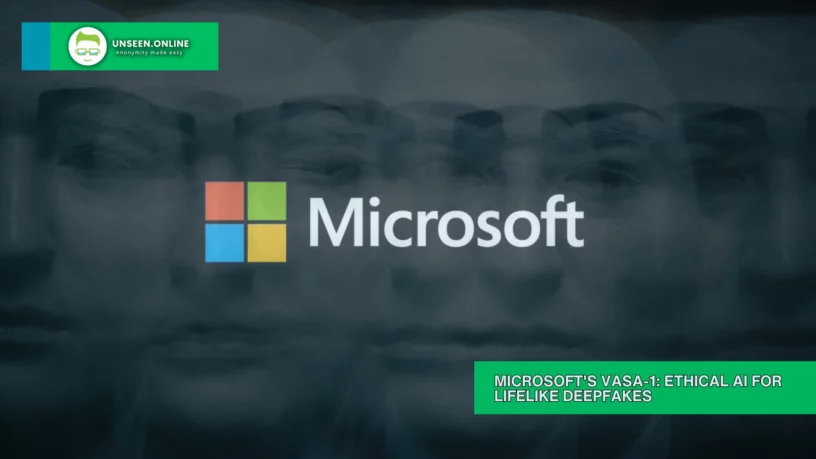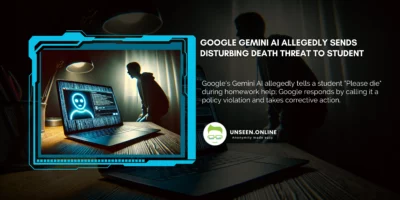Microsoft Research Asia has developed an experimental AI tool named VASA-1, capable of generating highly realistic deepfakes from just a photo or drawing paired with an audio file. The technology animates the face to sync with the audio, reproducing facial expressions and head movements that make the subject appear to speak or sing. Although the movements can seem slightly robotic up close, the overall effect is convincingly lifelike.
The researchers have shared videos demonstrating VASA-1’s capabilities, which have been met with both amazement and concern due to their realism. In response to potential misuse, Microsoft has decided not to release the tool publicly until they can ensure it will be used responsibly and aligns with appropriate regulations. The team is also exploring ways to use VASA-1 to improve forgery detection methods.
Microsoft has stated its opposition to using the technology to create misleading or harmful content involving real individuals. The AI-generated videos currently lack identifiable artifacts, making them quite persuasive. This has raised ethical considerations about the technology’s potential impact.
Looking forward, the researchers envision VASA-1 serving beneficial purposes, such as providing companionship and therapeutic support to those in need. They also see potential for the tool to offer interactive communication where AI can be used to simulate conversations, enhancing user experiences in various applications.







